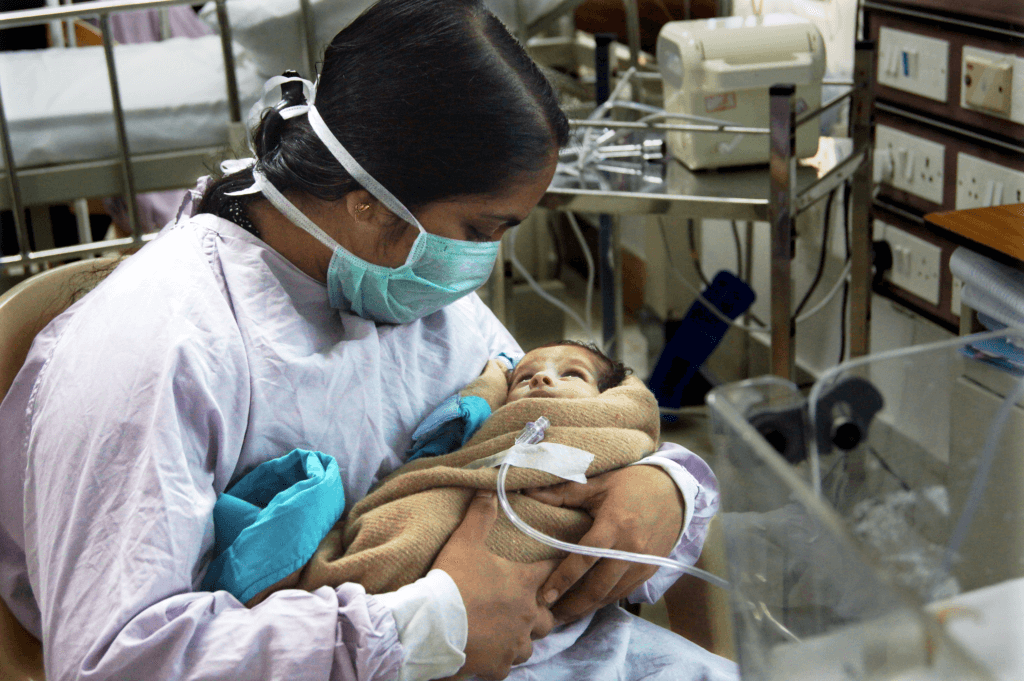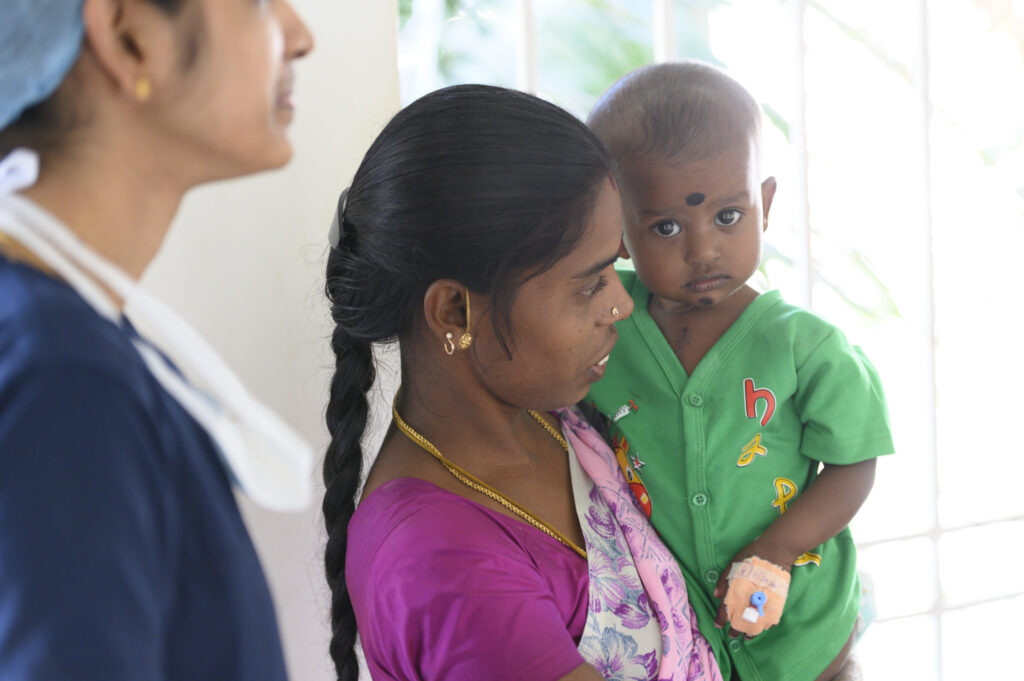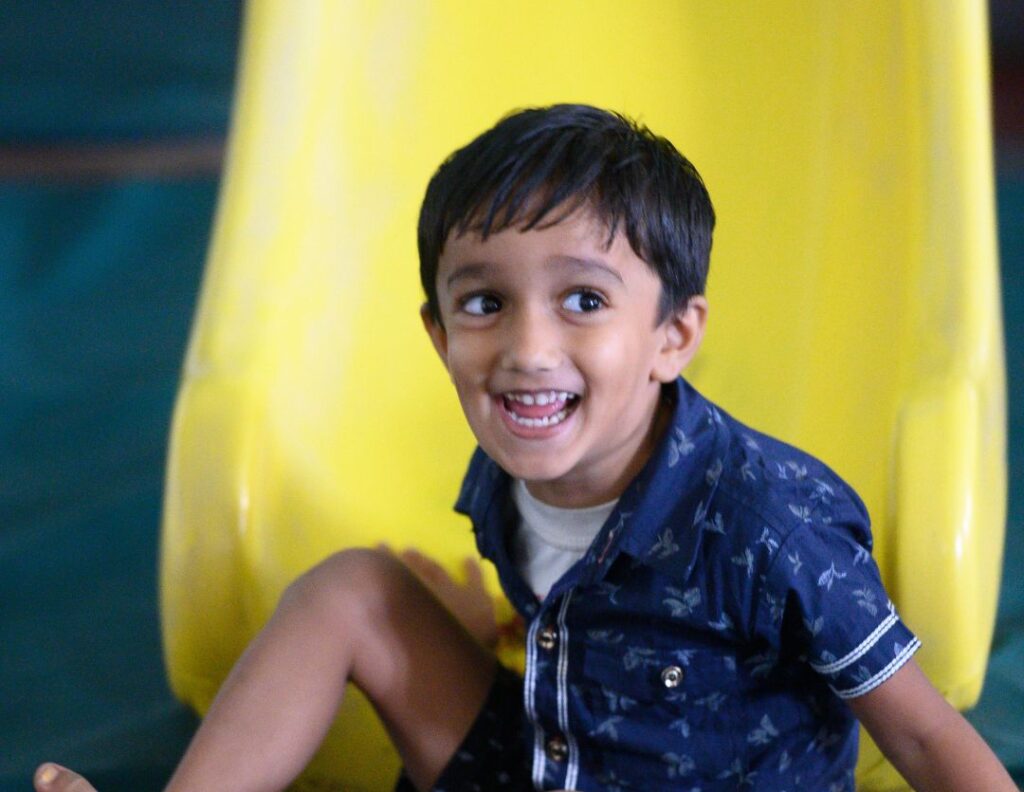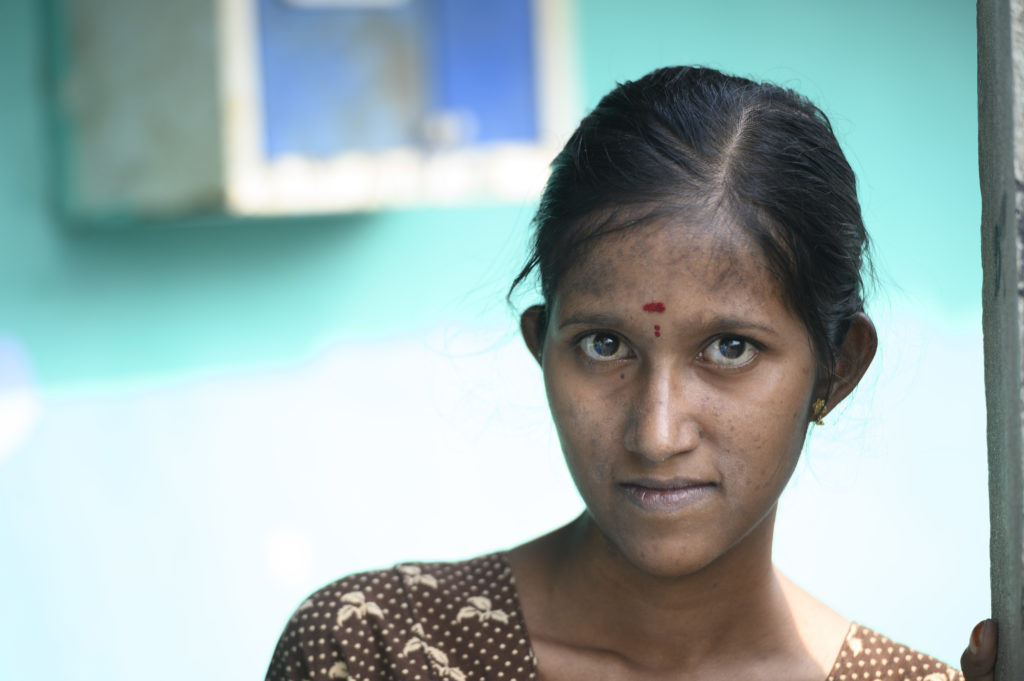February 17, 2025
5 Must-Know Facts About Congenital Heart Disease in Children: CHD Stats and What You Can Do
Congenital heart disease (CHD) is a term that represents a variety of heart conditions that can be present at birth. The disease is more common than many would guess and left untreated can dramatically diminish quality of life or even cause untimely deaths in the smallest babies, up through adulthood.
In places like the U.S., U.K. and Canada, babies born with CHD have access to early diagnosis and high quality heart care. But if a baby is born in a low- or middle-income country (LMIC), adequate care is often hard to find.
The lack of access to heart care for children with CHD in LMICs brings into focus the disparities and imbalances that exist in healthcare globally, revealing a truth many of us wish didn’t exist — that the place where a child takes their first breath can deeply impact the quality of each one that follows.
Through awareness of these congenital heart disease facts, followed by understanding and action, we can work towards a world where every child with CHD has access to the heart care they need and deserve.
CHD is a defect or disease of the heart which affects the heart’s structure and function. It can lead to serious health complications and, in some cases, be deadly.
It is considered a noncommunicable disease (NCD), which means it’s not spread through infection or through other people. Instead, the heart conditions seen with CHD are present at birth.
Every 5 minutes, 10 children around the world are born with congenital heart disease. This equates to a staggering 1.3 million children each year.
Let’s paint a picture with numbers to help grasp the magnitude: Imagine a bustling schoolyard filled with children running, playing freeze tag and kickball. No matter if the schoolyard is in a high-income country like the United States, or a LMIC like Bangladesh, for every 100 you see, at least one of those bright-eyed students would have been born with CHD.
The high prevalence of CHD, 1 in every 100 births, increases the likelihood of CHD being a significant factor in infant deaths. 25% of children born with CHD will require surgical intervention in their first year of life. Without timely medical care, infants with these conditions may not survive.
The complexity of CHD varies, with some heart conditions being more life-threatening than others. Early diagnosis and appropriate medical interventions are crucial in improving the outcomes for children born with CHD.
Because lifesaving care is out of reach for many children with CHD, the disease may go undiagnosed for far too long, and the consequences of late or misdiagnoses are severe. A delay in identifying and addressing the defect can lead to complications that not only reduce the child’s chance of survival but also drastically diminish their quality of life. This is why access to high quality heart care is essential, so children with CHD have a chance to have their hearts fixed.
CHD is a defect or disease of the heart which affects the heart’s structure and function. It can lead to serious health complications and, in some cases, be deadly.
It is considered a noncommunicable disease (NCD), which means it’s not spread through infection or through other people. Instead, the heart conditions seen with CHD are present at birth. Every 5 minutes, 10 children around the world are born with congenital heart disease. This equates to a staggering 1.3 million children each year.
Let’s paint a picture with numbers to help grasp the magnitude: Imagine a bustling schoolyard filled with children running, playing freeze tag and kickball. No matter if the schoolyard is in a high-income country like the United States, or a LMIC like Bangladesh, for every 100 you see, at least one of those bright-eyed students would have been born with CHD.
Estimates suggest that hundreds of thousands of children in LMICs are affected by CHD. Oftentimes, not diagnosed or treated in a timely manner, as 9 out of every 10 children with CHD lack access to the care they need.
When compared to high-income countries, where medical interventions and early screenings have improved survival rates and many children with CHD grow into adults leading full lives, the disparity is hard to ignore.
Many children in LMICs face an uncertain future due to the disease, emphasizing the divide in healthcare inequality on a global scale.
At the heart of this disparity in access to care lies the shortage of specialized facilities and trained healthcare professionals equipped to handle the nuances of pediatric cardiac care.
This often isn’t just about a lack of facilities but an almost complete absence of the pediatric cardiology specialty itself. This makes the pathway from early diagnosis to effective treatment a road that’s full of obstacles, if not entirely non-existent in some regions.

Even in the face of such challenges, hope persists
Innovations and NGO-driven efforts are emerging from the very heart of these regions.
One remarkable example is the initiative supported by Children’s HeartLink in the Indian state of Kerala. Partnering with local health providers and the Kerala government, we introduced a population health approach to improve outcomes for children with CHD. This program significantly reduced infant mortality rates in the state from 12 to 7 per 1,000 births, making it the lowest in India.
A pivotal part of the initiative was the creation of a Patient Care Pathway for CHD and the introduction of a state-based registry. These tools allowed for targeted training and capacity building, and they provide a comprehensive overview of the state’s CHD landscape.
Leveraging both public and private healthcare sectors, the program has shown that effective collaboration can transform CHD care and has potential applicability in other regions and countries.
Congenital heart disease (CHD) doesn’t just affect the heart; it reaches into the very fabric of families’ lives, stretching their financial and emotional resources to the limit.
For children and parents alike, the social and economic repercussions of living with CHD, particularly in LMICs, can be as profound as the medical ones.
1. Direct economic impact on families:
- Medical Expenses: Even when treatments are available, the direct costs can be astronomical. From surgeries to medications and post-operative care, the bills quickly accumulate.
- Travel and Accommodation: Many families travel for hours for care – even across country borders – to reach the few specialized facilities that exist, incurring transportation, lodging and meal expenses, which are often unanticipated.
- Lost Work and Earnings: Parents might need to take extended leave or even quit their jobs to care for their child, leading to a loss of income at a time when expenses are mounting. Some families sell land and cattle to pay for care, all to give their child a chance at life.
2. The physical and emotional strain on the child:
- Lack of Normalcy: Children with untreated or inadequately treated CHD may suffer from reduced stamina or complications that make regular activities, such as attending school or playing with friends, challenging or impossible. This not only affects their physical development but also their social and emotional well-being.
- Lifelong Care: There’s no quick fix for CHD. Even with successful interventions, the condition requires lifelong care and monitoring into adulthood, meaning children and their families face a prolonged journey with the disease.
3. The emotional burden on the family:
- Mental Health Implications: The stress of a CHD diagnosis, combined with the physical, financial and logistical challenges, can strain the mental health of parents and siblings. The trauma of seeing a loved one suffer, coupled with the anxiety of uncertain futures, often underlines the need for mental health support and community support groups.
- Misconceptions and Stigmas: Deep-rooted beliefs and misconceptions, from blaming mothers for the condition to the misguided view that children “outgrow” heart issues, intensify the burden on affected families. Stigmatization can be severe, leading to community exclusion and children’s internalization of prejudices, which may result in psychological distress.
Thankfully, advocacy groups and community projects are actively dispelling myths and raising awareness about CHD, paving the way for greater understanding and acceptance.
The girl who waited 12 years for her heart to be repaired
Mythili from Coimbatore, India waited 12 long years for her heart to be repaired.
Her heart problems were first detected during preschool. After years of living with low energy levels that made it difficult to attend school, she was referred to Children’s HeartLink hospital partner G. Kuppuswamy Naidu Memorial Hospital (GKNMH). When Children’s HeartLink medical volunteers visited GKNMH in 2019, Mythili’s heart was successfully repaired and she has gone on to resume her life and focus on her studies.
Her surgeon has gone on to operate on similar cases on his own and the hospital continues to save the lives of more children with CHD.
The monumental challenge of addressing CHD in LMICs isn’t one that can be tackled in isolation.
While there is no global health strategy for CHD, yet another issue Children’s HeartLink is working to rectify, global organizations, NGOs and partnerships can collaborate to bring about tangible change by recognizing the intricate web of issues—from medical and economic to social and cultural.
At Children’s HeartLink, we partner with hospitals in LMICs to train local teams in pediatric cardiac care, aiming to create Centers of Excellence that can further train others, thereby amplifying their impact.
As a result, thousands of children have received lifesaving surgeries, and medical professionals in LMICs have been equipped with the skills and knowledge to diagnose and treat CHD more effectively.
For instance, through training and support, the Children’s HeartLink Center of Excellence Nhi Dong 1 in Vietnam has increased ND1 increased the volume of patients receiving surgical and catheterization interventions by more than 10,000 between 2009 and 2018 signifying a significant enhancement in local care capacities. Today, there are more cardiologists, surgeons and anesthesiologists who specialize in pediatric cardiac care at Nhi Dong 1 than ever before.
Become an advocate for all children with CHD
Your voice and support for children with CHD can amplify awareness about this lifelong disease.
Whether you tell your personal journey with CHD, share this post to dispel myths about the disease, sign the Call to Action to Address the Global Burden of Pediatric and Congenital Heart Disease or donate to support Children’s HeartLink’s work in underserved regions, you’ll breathe life into a movement and advocate for a world where access to pediatric heart care is a human right and not a privilege.
With every trained professional, every child treated, every myth dispelled, we’re collectively inching closer to a more inclusive future for children with CHD.
Originally Published January 2024





